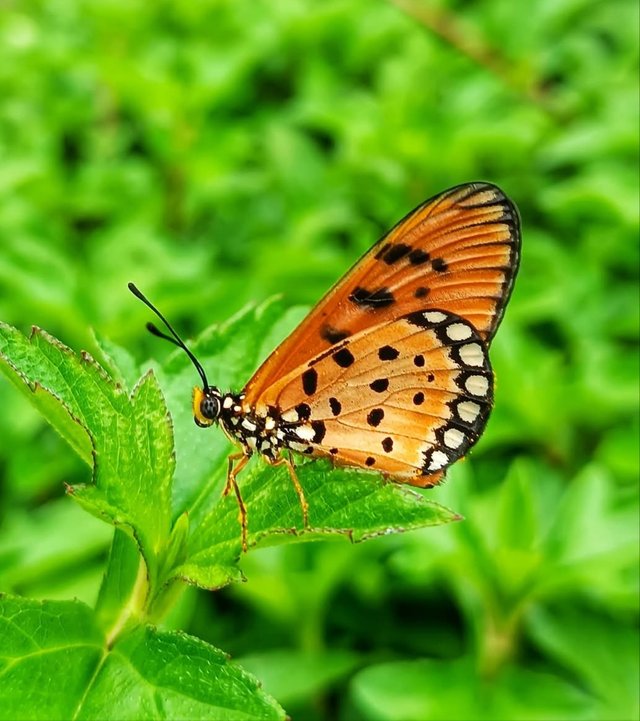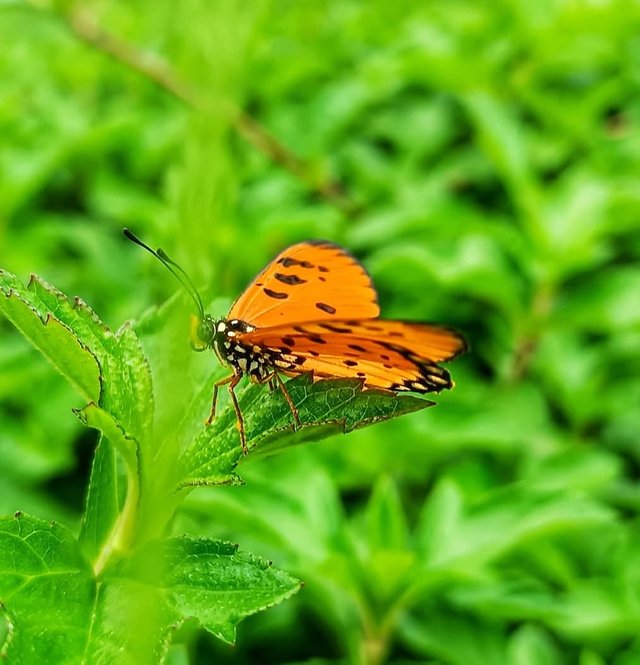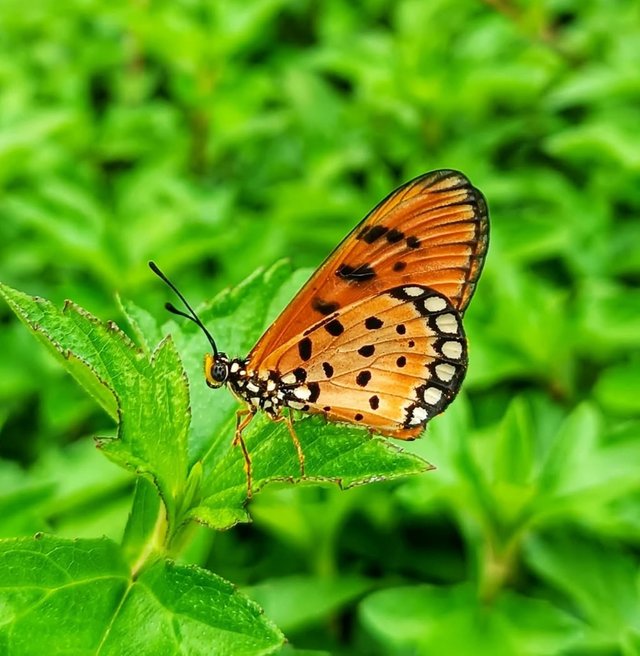Wonderful Colour Butterfly
The butterfly is one of the most fascinating and graceful creatures in the natural world, admired for its delicate beauty, vibrant colors, and symbolic meanings across cultures. Found in nearly every region of the Earth, except the harshest climates, butterflies are not just ornamental beings fluttering through gardens—they are essential pollinators, indicators of environmental health, and living wonders of transformation.
The Beauty of Butterflies
Butterflies belong to the order Lepidoptera, which they share with moths. What makes them stand out is their striking diversity of colors and patterns, created by thousands of tiny scales covering their wings. These scales reflect light in different ways, producing brilliant hues that can range from deep blues and fiery reds to soft whites and yellows. Some butterflies use their colors as camouflage, blending seamlessly into leaves and bark, while others display bold patterns as a warning to predators about their toxicity.
The Life Cycle of a Butterfly
One of the most remarkable aspects of butterflies is their complete metamorphosis. This process, symbolic of change and rebirth, occurs in four distinct stages:Egg – A butterfly begins its life as a tiny egg, usually laid on the underside of host plant leaves.
Caterpillar– Once hatched, the caterpillar spends most of its time eating and growing. Though less glamorous than the adult stage, caterpillars are crucial feeders, storing the energy needed for transformation.
Chrysalis – In this stage, the caterpillar encases itself in a protective covering. Inside, a miraculous transformation occurs as its body reorganizes into that of a butterfly.
Adult Butterfly – Emerging from the chrysalis, the butterfly spreads its wings, dries them in the sun, and takes flight to begin its new life of feeding, pollinating, and reproducing.
This cycle is a powerful reminder of nature’s ability to reinvent itself and is often used as a metaphor for personal growth and transformation.
Role in Ecosystems
Beyond their beauty, butterflies play an essential ecological role. They act as pollinators, transferring pollen from flower to flower as they feed on nectar. This helps plants reproduce, which in turn supports food chains and biodiversity. Additionally, butterflies serve as prey for birds, reptiles, and small mammals, making them a vital link in the food web.




